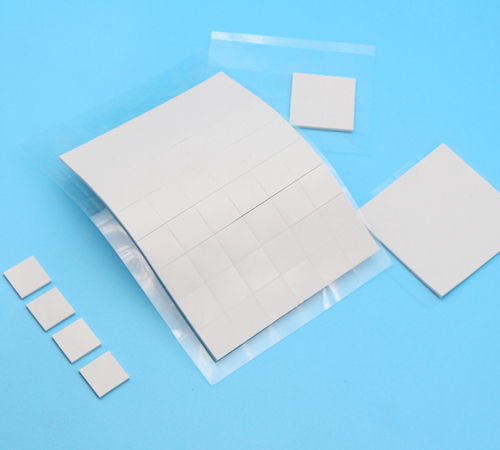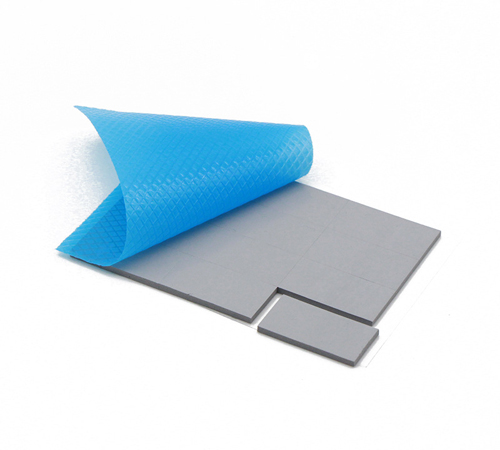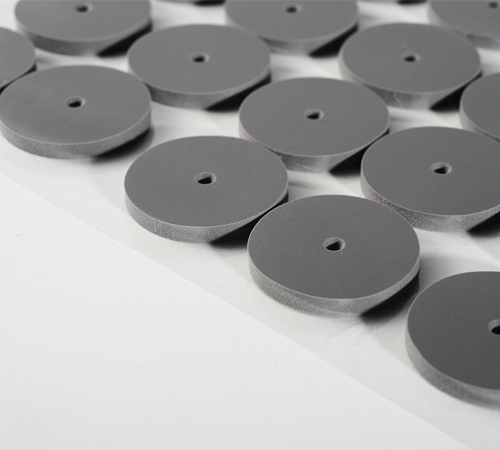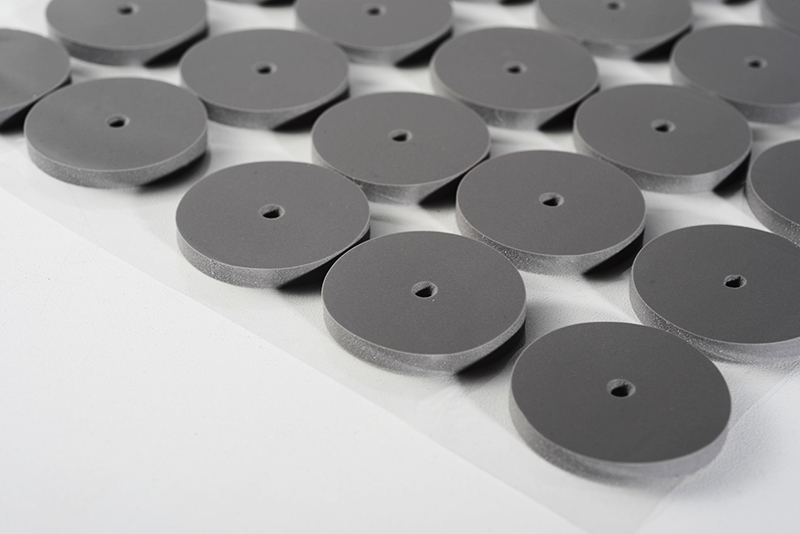
Thermal pads are commonly used thermal interface materials in electronic devices. Their primary function is to effectively transfer heat generated by electronic components to heat sinks or other cooling devices, ensuring the normal operation and stability of the equipment. However, various defects can occur during the production of thermal pads, with pinholes being one of the more common issues. Pinholes are small holes that appear on the surface or inside the pad. Although these pinholes may seem insignificant, they can have a substantial impact on the thermal performance of the device. This article will delve into the potential effects of pinholes in thermal pads and propose corresponding solutions and preventive measures.
Causes of Pinholes in Thermal Pads
Before discussing the impact of pinholes on the performance of thermal pads, it is essential to understand the causes of pinhole formation. Generally, pinholes may result from the following factors:
1. Material Issues: Impurities or air bubbles mixed into the raw materials can lead to pinholes in the final product if not entirely eliminated during processing.
2. Manufacturing Process Defects: Improper control of parameters such as temperature, pressure, and time during production can result in incomplete filling of molds or incomplete expulsion of air bubbles, leading to pinhole formation.
3. Improper Post-Processing: Inadequate handling during post-processing steps, such as curing or cutting, can also cause pinholes.
The Impact of Pinholes in Thermal Pads
1. Reduced Thermal Conductivity
The primary function of thermal pads is to transfer heat. The presence of pinholes directly affects their thermal performance. Pinholes reduce the contact area of the thermal pad, increase thermal resistance, and thus decrease overall thermal efficiency. This effect is particularly significant for high-power-density electronic components, potentially causing overheating, shortening component lifespan, and even leading to device failure.
2. Weakened Mechanical Properties
In practical applications, thermal pads must not only possess excellent thermal performance but also adequate mechanical strength and elasticity to ensure tight contact with electronic components and heat dissipation devices. Pinholes can weaken the mechanical properties of the pad, reducing its compressive strength and elasticity, increasing the risk of damage, and thereby affecting the reliability and lifespan of the thermal pad.
3. Risks to Electrical Insulation Performance
In some applications, thermal pads also need to provide electrical insulation. The presence of pinholes can compromise electrical insulation performance, especially in high-voltage applications, potentially leading to electrical breakdowns and causing short circuits or damage to the equipment.
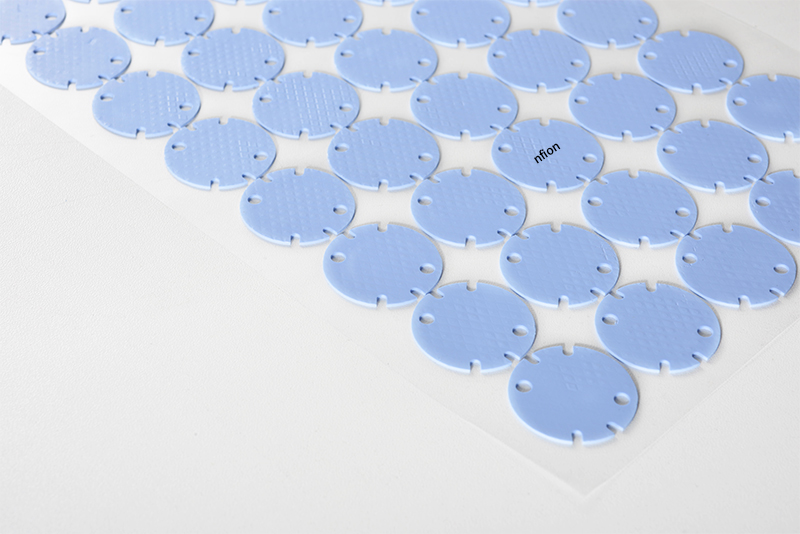
Solutions and Preventive Measures
1. Improve Raw Materials
Select high-purity, uniform raw materials to minimize impurities and air bubbles. Conduct rigorous quality inspections of raw materials to ensure they meet production requirements.
2. Optimize Manufacturing Processes
Improve manufacturing processes by optimizing parameters such as temperature, pressure, and time to ensure materials fully fill molds and expel air bubbles completely. Utilize advanced production equipment and techniques, such as vacuum molding and compression molding, to reduce the occurrence of pinholes.
3. Enhance Quality Control
Establish a stringent quality control system throughout the production process, monitoring and inspecting each stage. Employ non-destructive testing methods, such as X-ray inspection and ultrasonic testing, to thoroughly check finished products and promptly identify and address defects.
4. Improve Post-Processing Techniques
Adopt precise curing and cutting processes during the post-processing of thermal pads to avoid generating pinholes due to improper handling. Provide comprehensive training for operators to improve their skill levels.
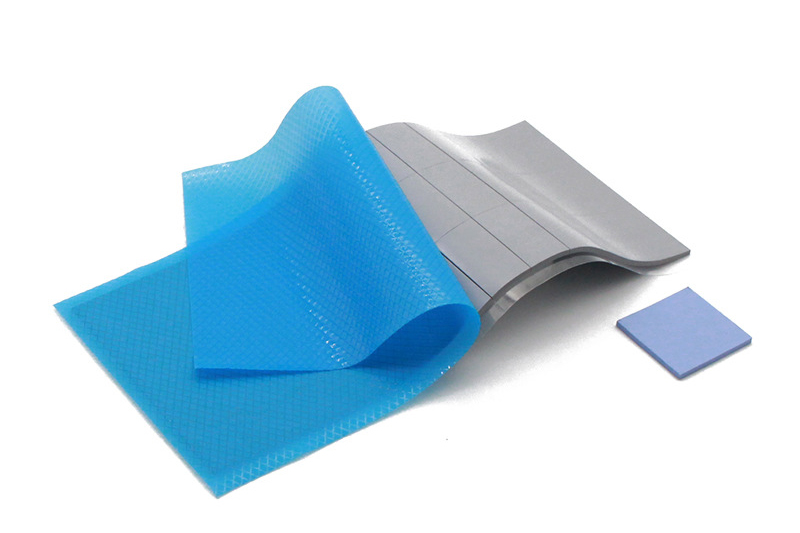
Conclusion
Pinholes in thermal pads not only impact their thermal performance but also weaken mechanical properties and electrical insulation performance, potentially leading to electronic device failures. Therefore, it is crucial to prevent and resolve pinhole issues by improving raw materials, optimizing manufacturing processes, enhancing quality control, and refining post-processing techniques. Only through these measures can the high performance and reliability of thermal pads be ensured, thereby guaranteeing the safety and stability of electronic devices.


 CN >
CN >

